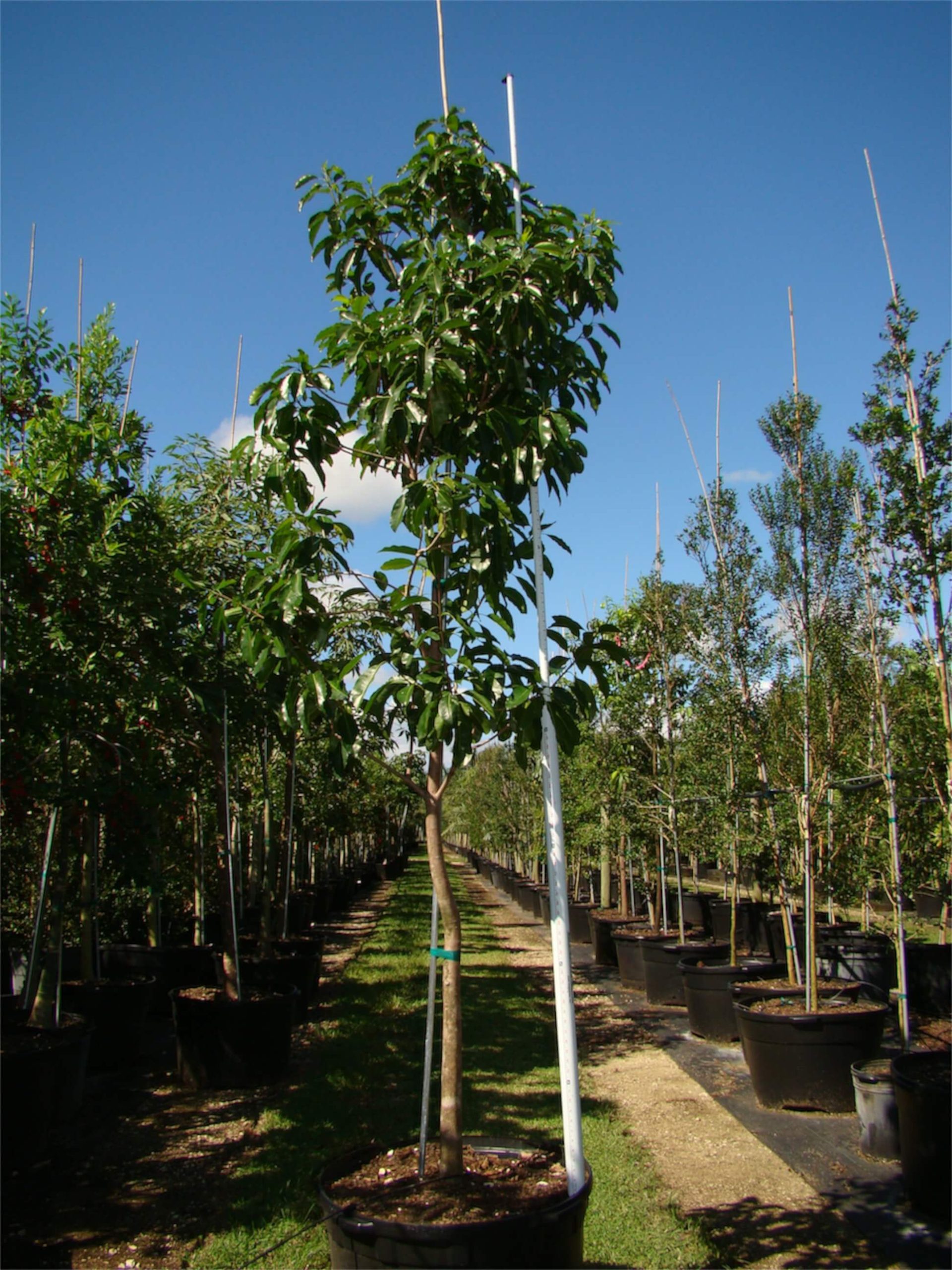Description
Mastichodendron Foetidissimum (Mastic) is a medium-sized tree native to tropical hammocks in South Florida. It can grow to a height of 60 feet, sometimes taller, and can be nearly as broad as tall. It has a dense rounded crown and moderately rough furrowed attractive gray bark peeling off in vertical pieces. Moreover, the trunk exudes sticky latex if injured. Also, the leaves are dark green, smooth, thin, leathery, oblong to oval, and 1 1/2 to 6 inches long. In addition, the flowers are borne in clusters on the branch stems, yellowish-white in color, while the blooms are about 1/4 inch across. The flowers have a strong cheesy odor, attracting insects.
Furthermore, the fruits are oval, yellow-orange, 3/4 to 1 inch long, edible but pulp has sticky latex. Mastic is related to the chicle tree (Manilkara chicle) of Central America, a source of natural chewing gum.
Also, Mastichodendron Foetidissimum (Mastic) propagates from seed or cuttings. In Central America, they grow Mastic for its wood, which is orange-color, close-grain, and strong. It is also used in cabinetry and boatbuilding. It will grow in well-drained sandy limestone soils with organic matter.
In landscaping, the tree is known to be strong and resistant to hurricane winds and therefore a good coastal plant. Mastic also has applications as a specimen tree in the garden or park, especially in native plant collection. Because, fruit litter is a problem may be a problem is best not to plant near walkways.











